In modern home design, the bathroom is no longer just a space for cleaning, but a living area that integrates technology and comfort. With the increasing popularity of smart homes, smart toilets are becoming a core device for bathroom upgrades. It redefines the functional boundaries of the bathroom with innovative technology and humanized design, making the daily toileting experience more convenient, clean, and efficient.
So, how can smart toilets improve the functionality of bathroom decoration? This article will systematically analyze how this trend product changes the functional logic of traditional bathrooms from four aspects: water conservation and energy saving, space optimization, health management, and comfortable experience, and provide practical installation suggestions during the decoration stage.
1. From Basic to Intelligent: The Trend of Bathroom Function Transformation
The past bathroom design emphasized "durability and cleanliness", while today's decoration places more emphasis on "intelligence and experience". According to the U.S. Bath Remodeling Market Report 2024, over 62% of American households have considered installing smart devices during their home renovation in the past five years, with a 38% increase in the installation rate of smart toilets.
The rise of smart toilets is not only a result of technological development, but also a reflection of the transformation of consumer lifestyles.
Pursuing automation and hygiene
Paying attention to energy conservation and environmental protection
Hoping to improve the quality and convenience of the home through technology
This trend makes smart toilets a key node for functional upgrades in bathroom decoration.
2. Water conservation and energy saving: using technology to achieve efficient water management
The average water consumption of traditional toilets is 1.6–3.5 gallons per flush (approximately 6–13 liters), whereas many innovative toilet systems utilize a dual-flush design and pressure control technology to reduce water consumption to 0.8–1.1 gallons per flush.
(Source: EPA WaterSense Program)
The main principles of the intelligent water-saving mechanism include:
Automatic detection of flushing volume: Automatically matches the flushing mode to the sewage discharge situation, preventing waste.
Jet flushing system: Uses high-pressure air and water mixing technology to improve flushing efficiency.
Timed energy-saving mode: Automatically reduces power consumption at night or when no one is using it.
In addition, the model with a heating seat ring and instant hot water flow features an energy-saving PTC ceramic heating system that operates only during use, eliminating the need for continuous heating and water storage, thereby achieving a more significant energy-saving effect.
This water-saving and energy-saving design not only meets the American Energy Star and WaterSense certification standards, but also makes smart toilets the preferred choice for families pursuing environmental protection and efficient decoration.
3. Cleanliness upgrade: automatic cleaning and touch-free operation
For modern families, the importance of bathroom hygiene is beyond doubt. One of the most significant functional improvements of smart toilets is the complete transformation of cleaning methods.
1. Automatic flushing and sensing cover plate
After the user leaves, the system automatically flushes and closes the cover to prevent the spread of odors and bacterial growth. The induction opening design ensures zero contact throughout the entire usage process, significantly improving hygiene standards.
2. Multi-mode cleaning system
The smart toilet with a bidet (body cleaning function) offers multiple water flow options, including front and rear flushing, a female mode, and a child mode. The water temperature, water pressure, and nozzle angle can be adjusted to meet the usage needs of different groups of people.
3. Automatic nozzle self-cleaning function
Before and after each use, the nozzle will be automatically cleaned by high temperature or ultraviolet radiation to ensure hygiene and safety. Some high-end models are also equipped with an electrolytic water sterilization system.
These designs transform the bathroom from a "passive cleaning space" to an intelligent system that actively maintains cleanliness.
4. Health and Comfort: From Daily Experience to Intelligent Monitoring
Smart toilets not only focus on cleanliness and convenience, but also enhance home health management through data-driven and personalized functions.
1. Intelligent seat ring and comfortable experience
Constant temperature heating seat ring to avoid discomfort caused by cold weather in winter
Night soft lighting design to reduce light stimulation
Silent and gentle lowering cover plate enhances overall comfort
2. Health monitoring and intelligent monitoring (some high-end models)
The latest smart toilets can be equipped with a sensing module to detect body indicators, such as moisture, pH value, and even basal metabolic signals, through urine analysis. Data can be synchronized to a mobile app for home health management.
(Source: CES 2024 Smart Home Report)
3. Odor purification system
Built-in activated carbon filtration and ion deodorization system can automatically purify the air after use, keeping the bathroom fresh.
The integration of these functions makes smart toilets more than just a single bathroom device; they become a part of a healthy family life.
5. Space optimization: making designs more flexible and concise
In bathroom decoration, space utilization is one of the most important factors that designers and homeowners consider. Traditional toilets have bulky structures and occupy a significant amount of floor space, whereas modern smart toilets often adopt wall-mounted or integrated designs, effectively saving space.
The advantages include:
Hidden water tank design: embed the water tank into the wall, retaining only the flushing panel, making the overall design more concise.
Reduce dead corners: The integrated base is easy to clean and prevents dust accumulation.
Visual expansion effect: Especially in small bathrooms measuring 5 ft x 8 ft, wall-mounted models can create the illusion of a more spacious space.
The proportion of wall-mounted smart toilets used in new residential and high-end apartment renovations in the United States has been increasing annually.
(Source: NAHB Residential Design Trends Report 2024)

6. The best timing and precautions during the installation phase
The timing of installation during decoration is equally essential for the actual effectiveness of smart toilets.
1. Rough-in stage of pipeline reservation
Determine the power supply location (usually requires a 120V socket, about 6–8 inches from the ground)
Reserve the inlet pipe, about 7–10 inches away from the center of the wall
If a hidden water tank is installed inside the wall, the support frame structure needs to be planned
2. After the completion of tile laying and waterproof layer construction
Confirm the ground level to prevent reverse slope drainage
Use waterproof sealant to seal the edges and avoid water seepage issues
3. Test after installation is completed
Check the flushing pressure, electric heating system, and remote control module functions.
For models with Wi-Fi functionality, connect to the home network for app configuration.
The correct construction process can prevent rework in later stages and ensure the long-term stable operation of smart toilets.
7. Consumer Trends: From “Trying” to “Standard”
The acceptance of smart toilets among American consumers is increasing rapidly. According to Statista's 2025 data:
About 53% of high-end residential projects have included smart toilets as standard equipment.
Nearly 68% of consumers expressed a desire for future bathrooms to have intelligent cleaning and water-saving functions.
The average selling price per unit ranges from $800 to $2,500, with high-end models exceeding $4,000.
This indicates that smart toilets are moving from “luxury technology” to “home standard.”
8. Conclusion: Smart Toilets Make the Bathroom Understand You More
When the bathroom is no longer just a washing space, but a living area that integrates technology, health, and comfort, the value of smart toilets lies not only in functional upgrades but also in lifestyle changes.
It makes hygiene cleaner, space more efficient, and the experience more personalized, and also transforms modern home decoration from "passive practicality" to "active enjoyment."
As a designer from Architectural Digest said:
“The smart toilet marks the beginning of bathroom evolution. It not only changes the spatial function but also redefines the way we interact with technology.”
Whether it's homeowners undergoing bathroom renovations or those planning to create future smart homes, smart toilets are undoubtedly a significant investment in enhancing living quality and design value.
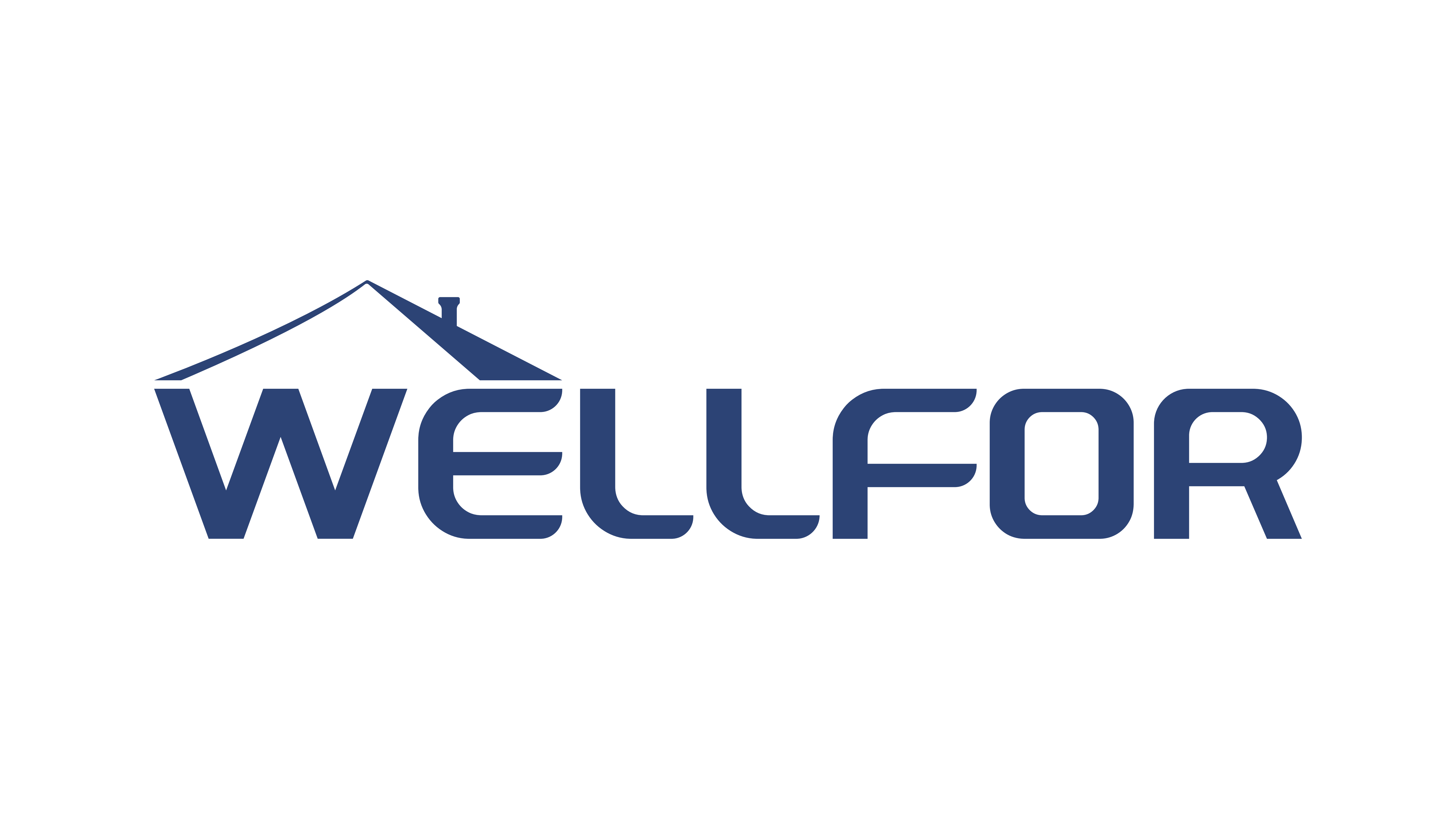
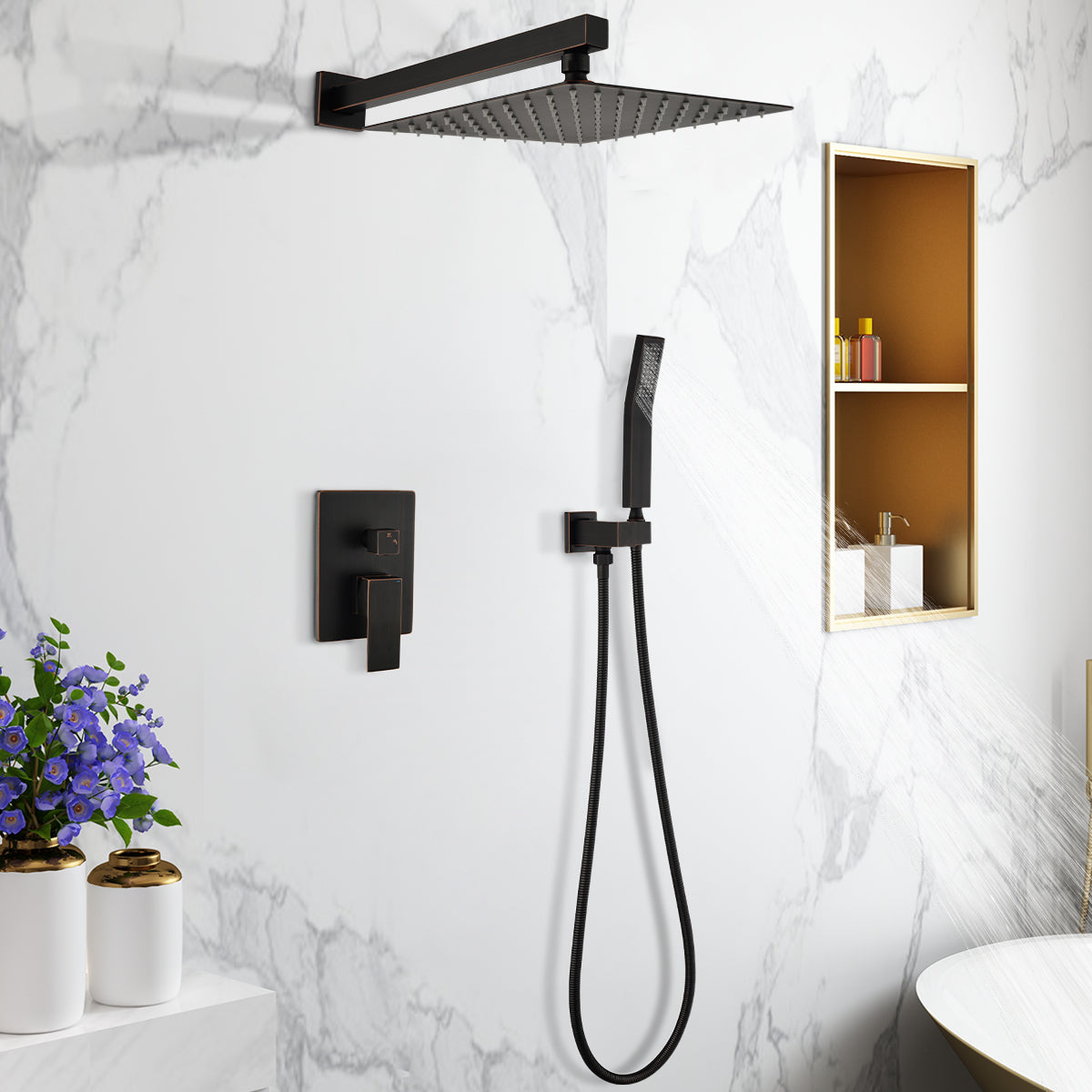






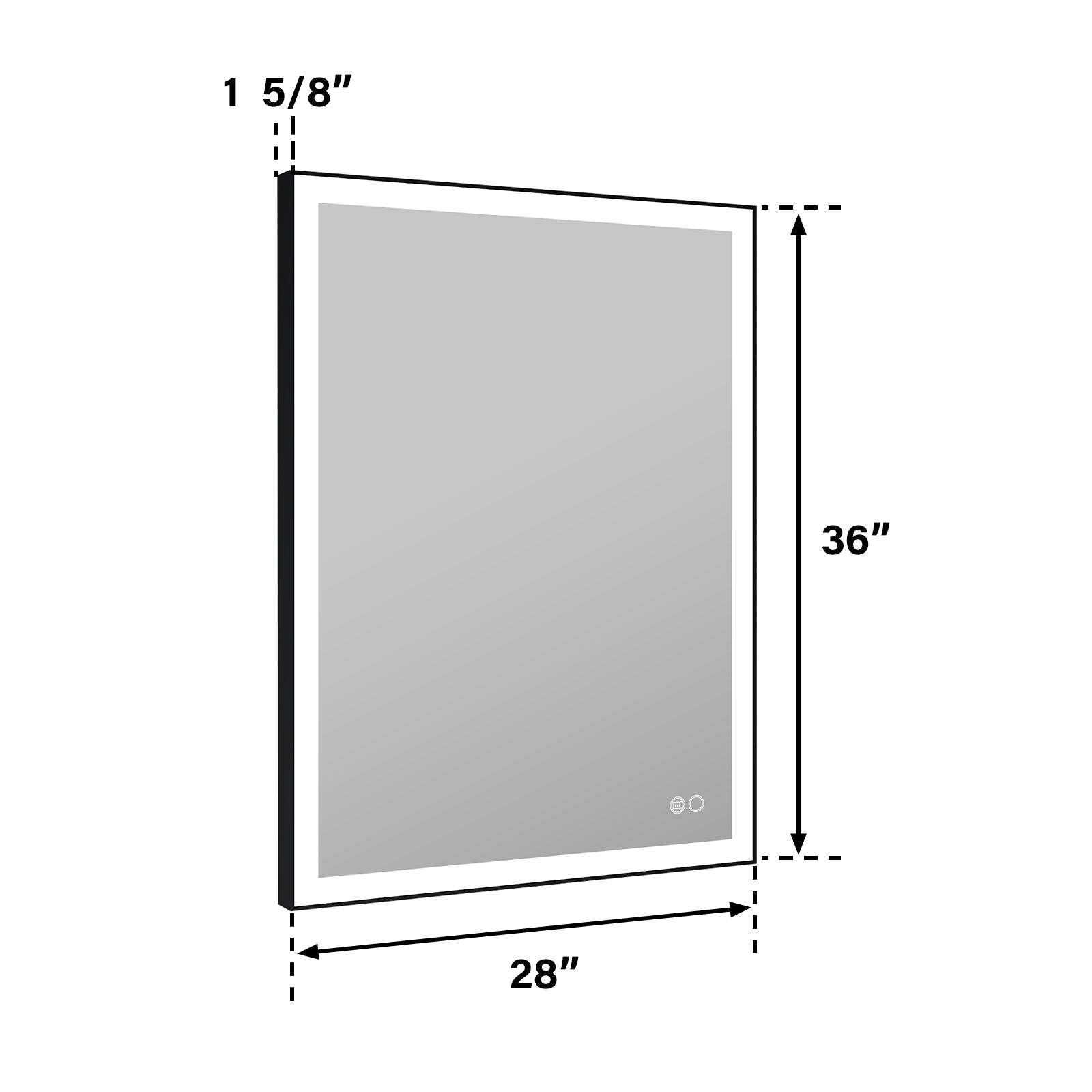
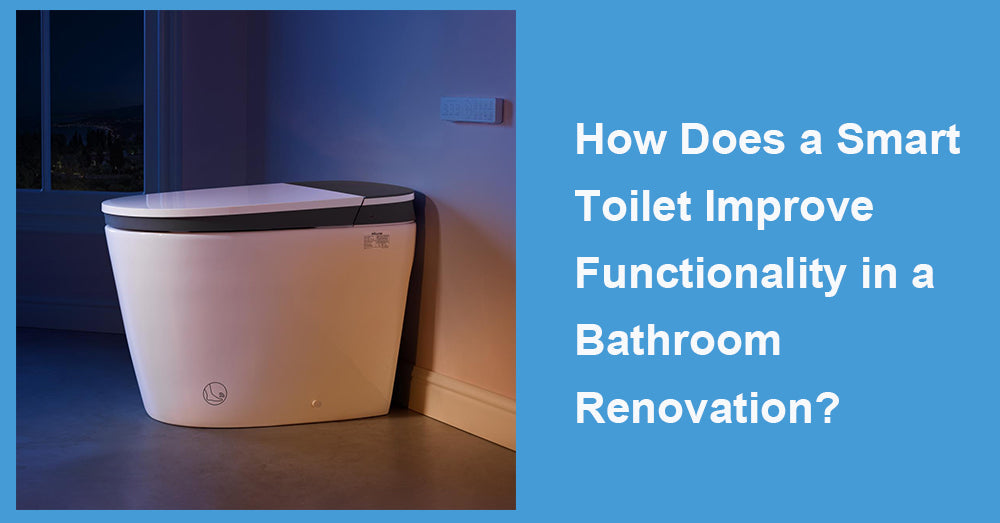


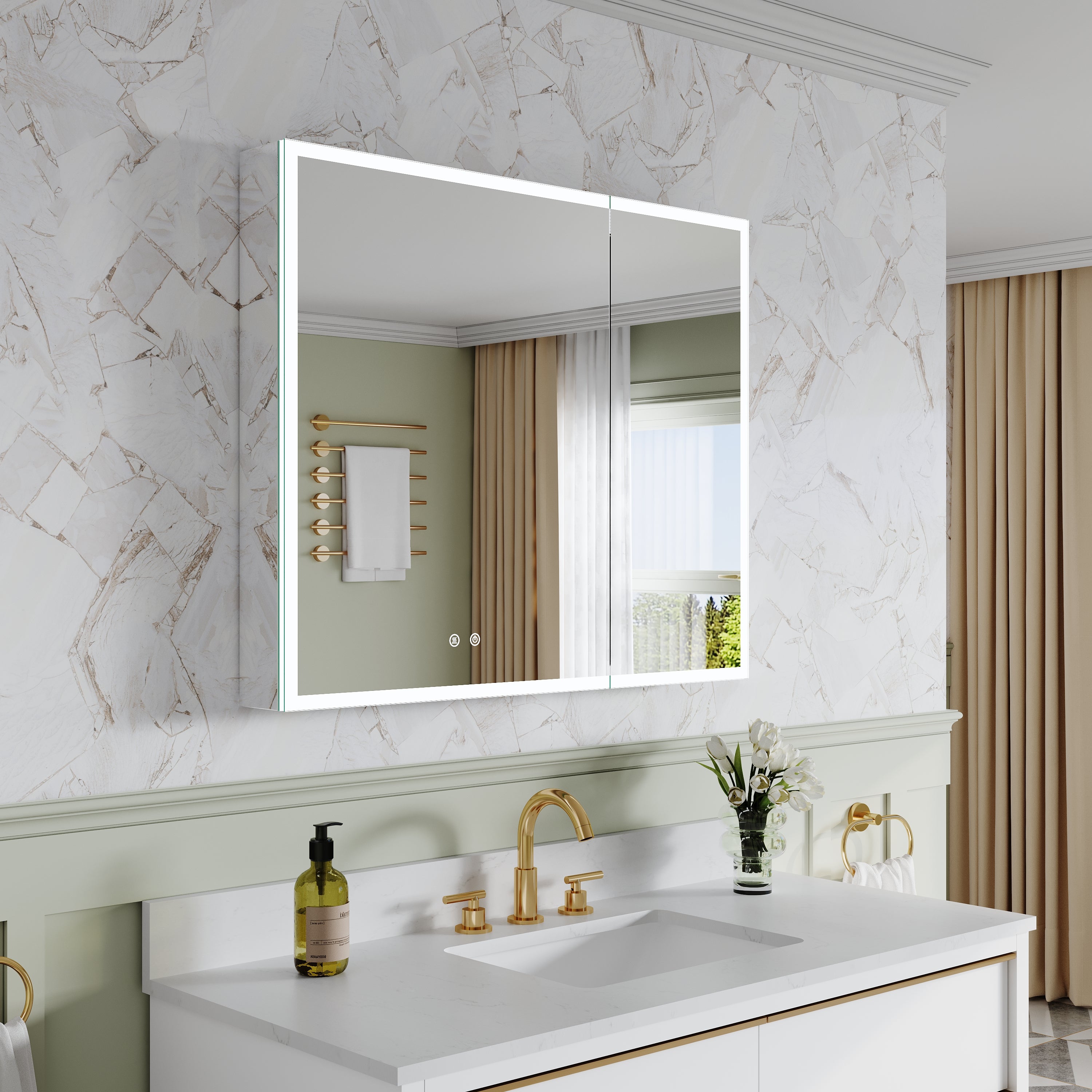
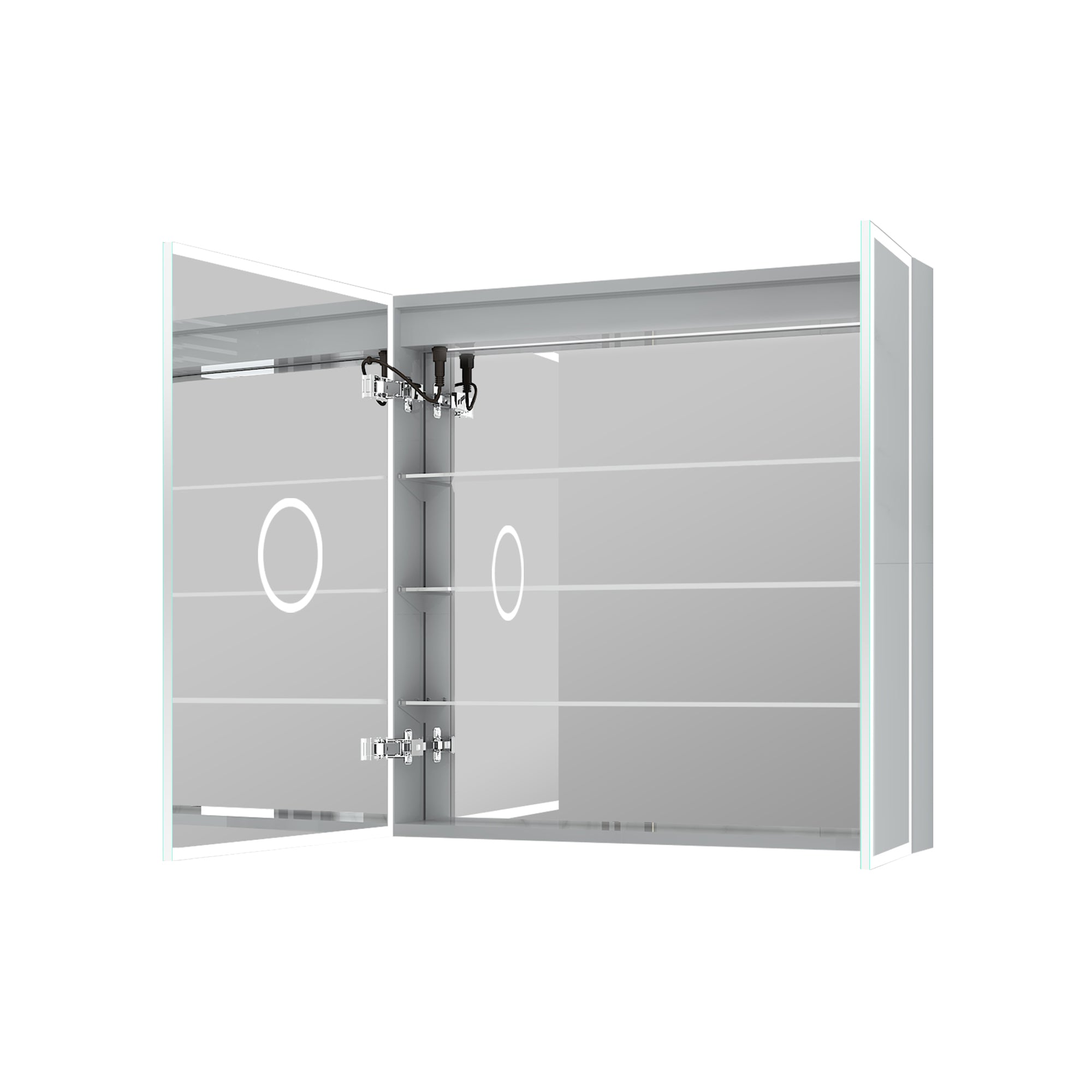
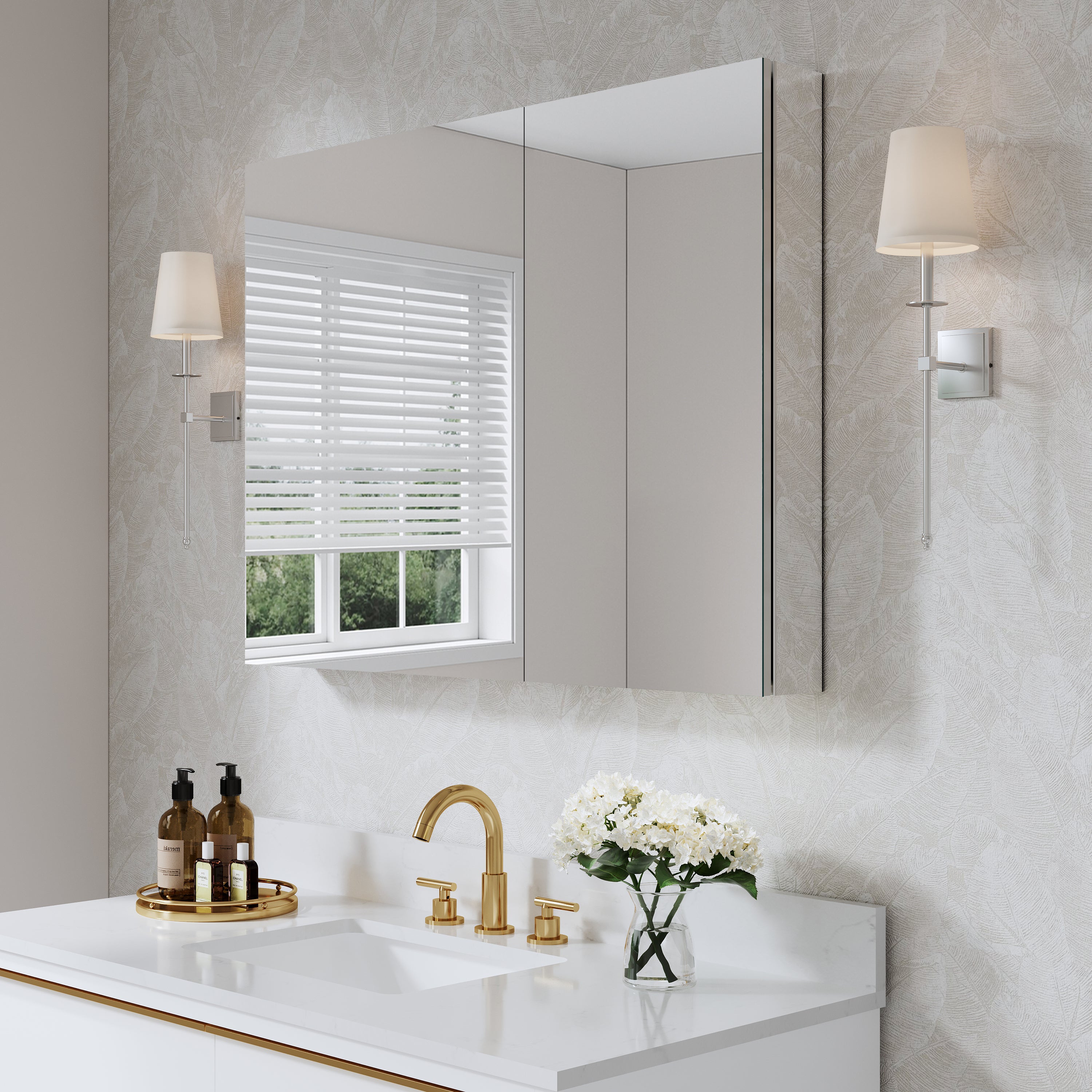

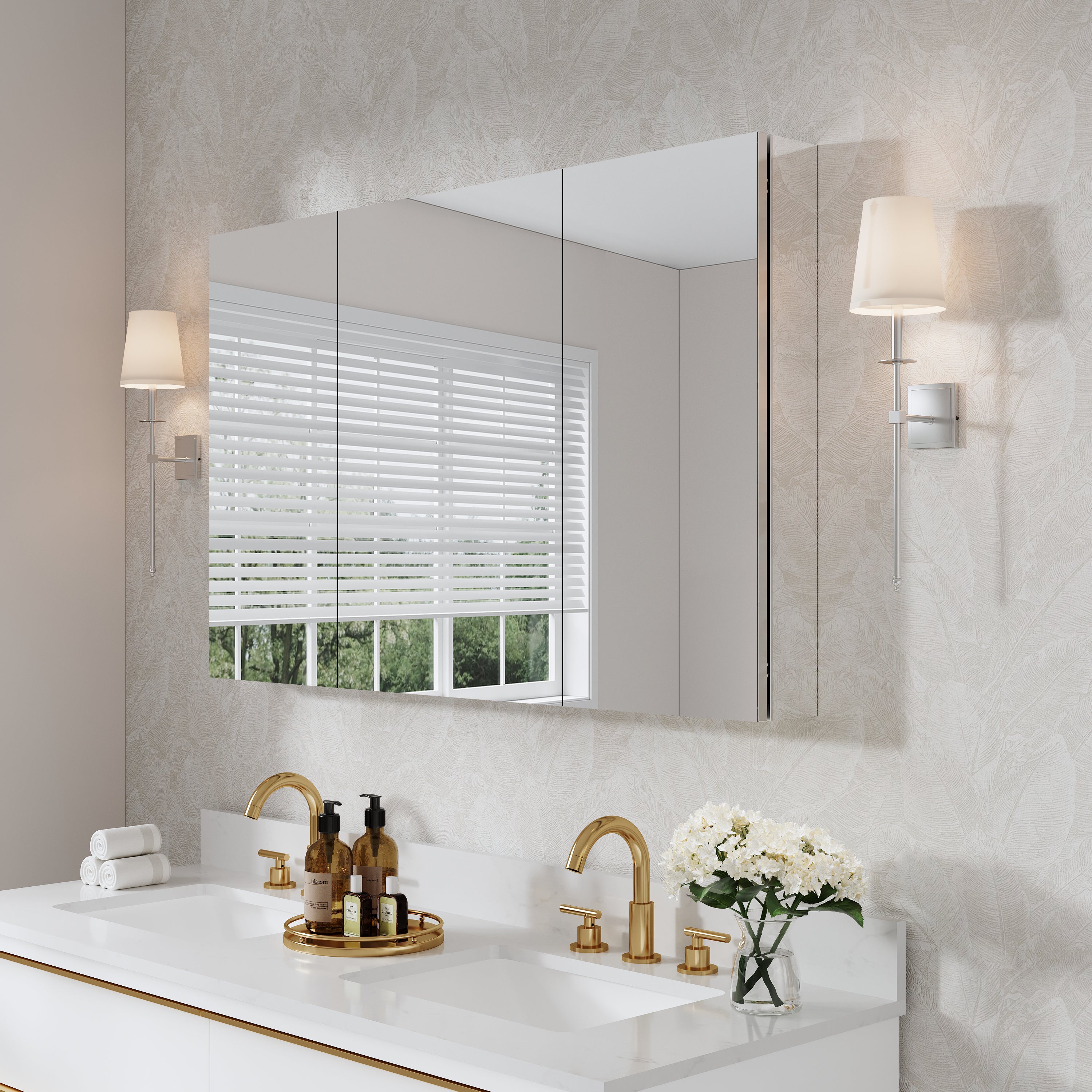
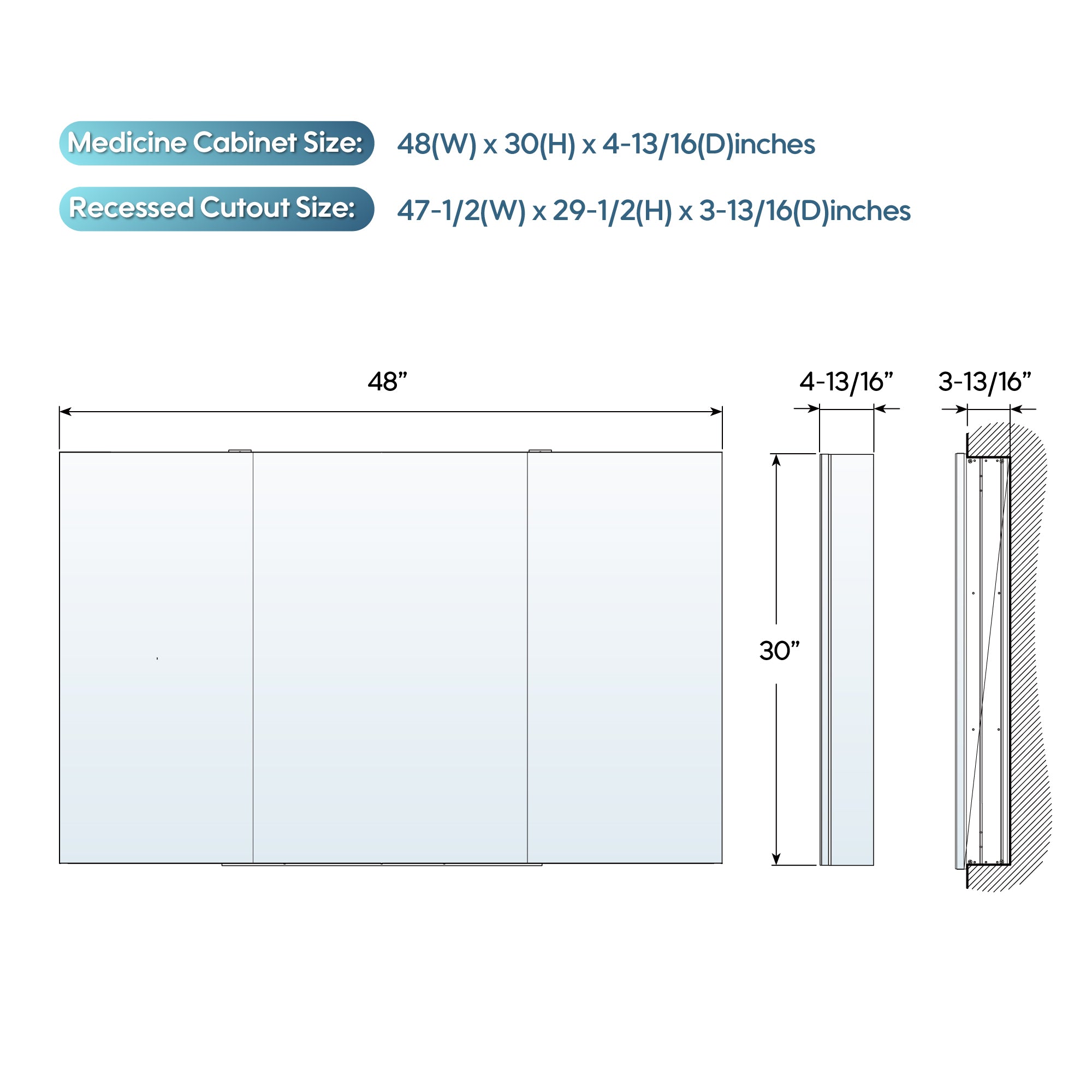

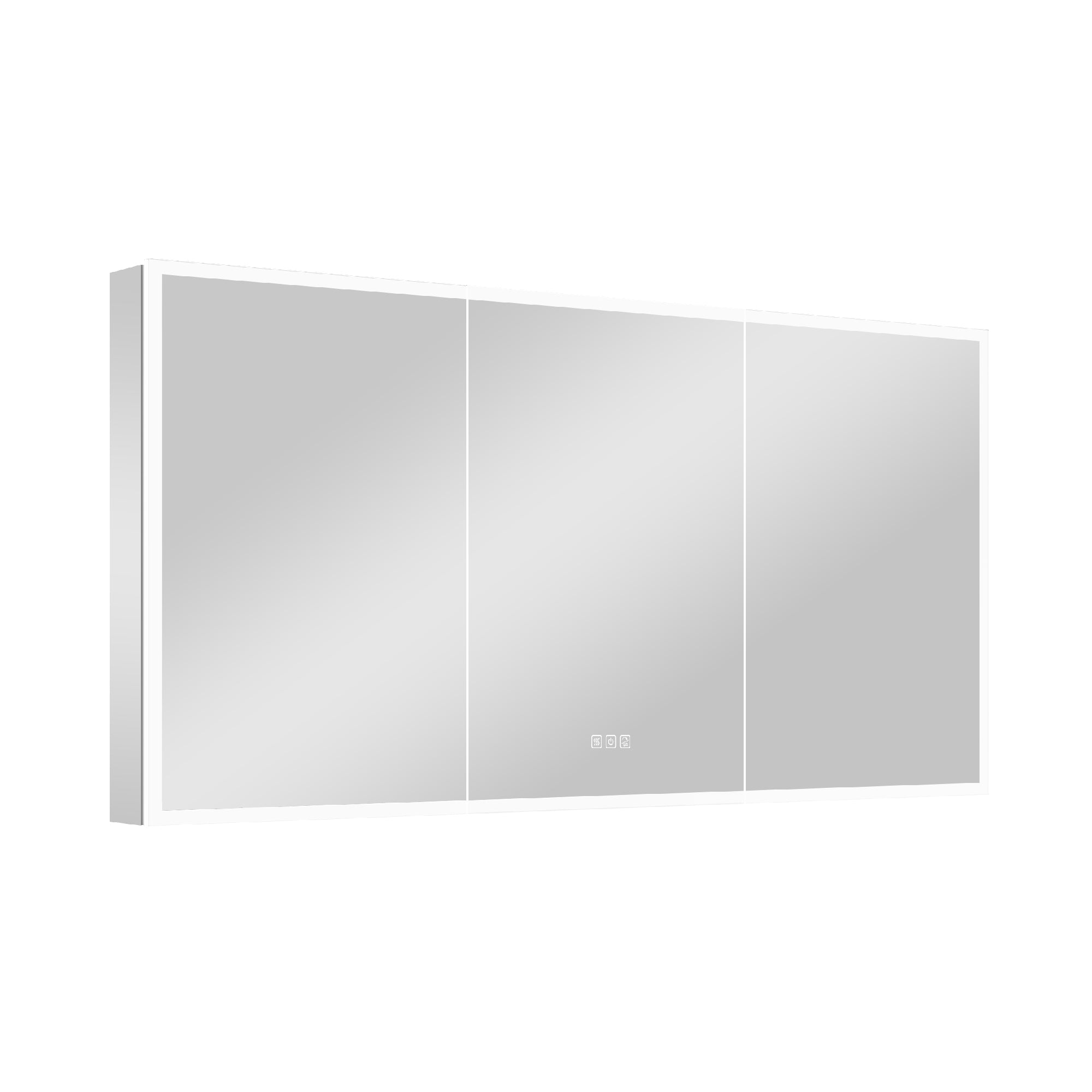
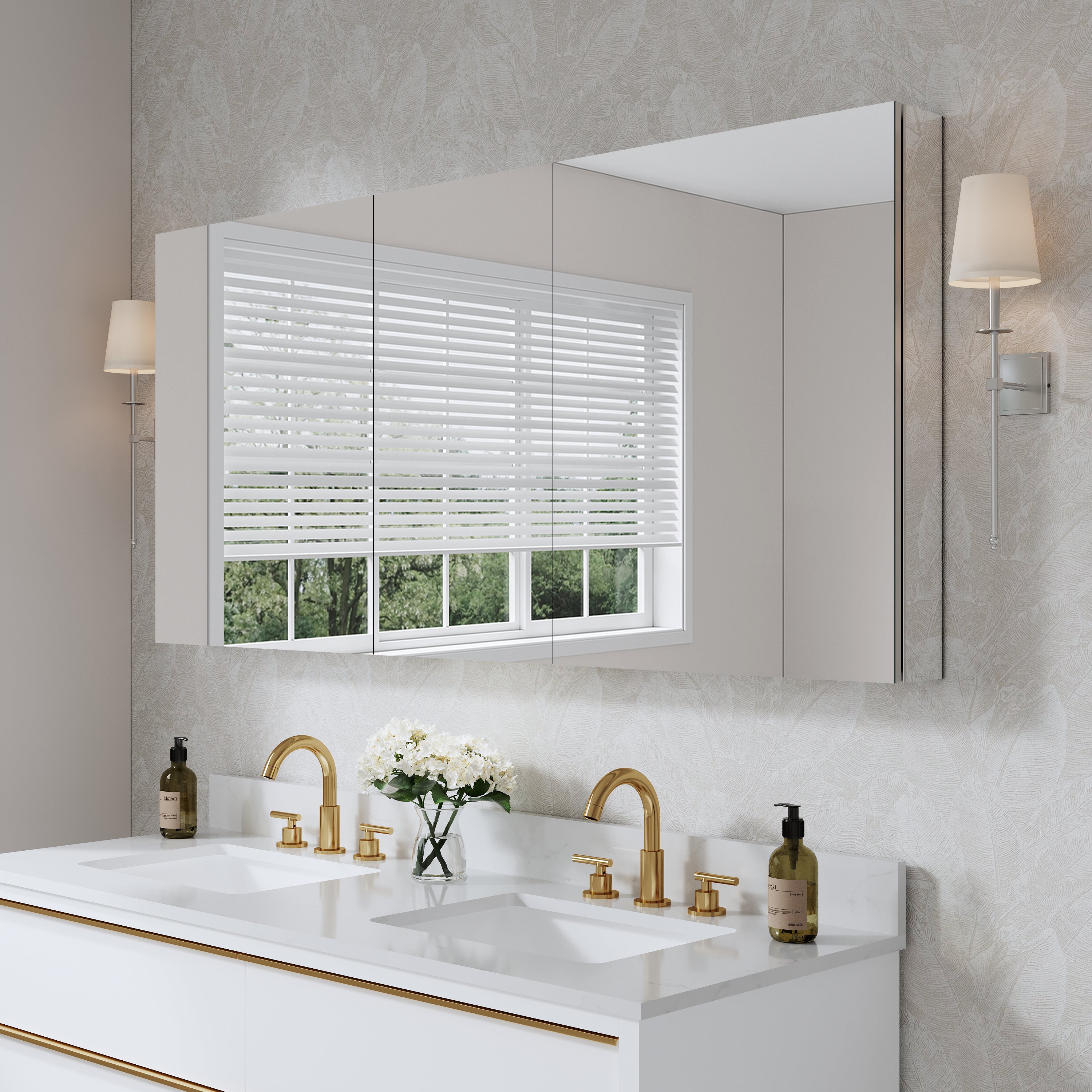




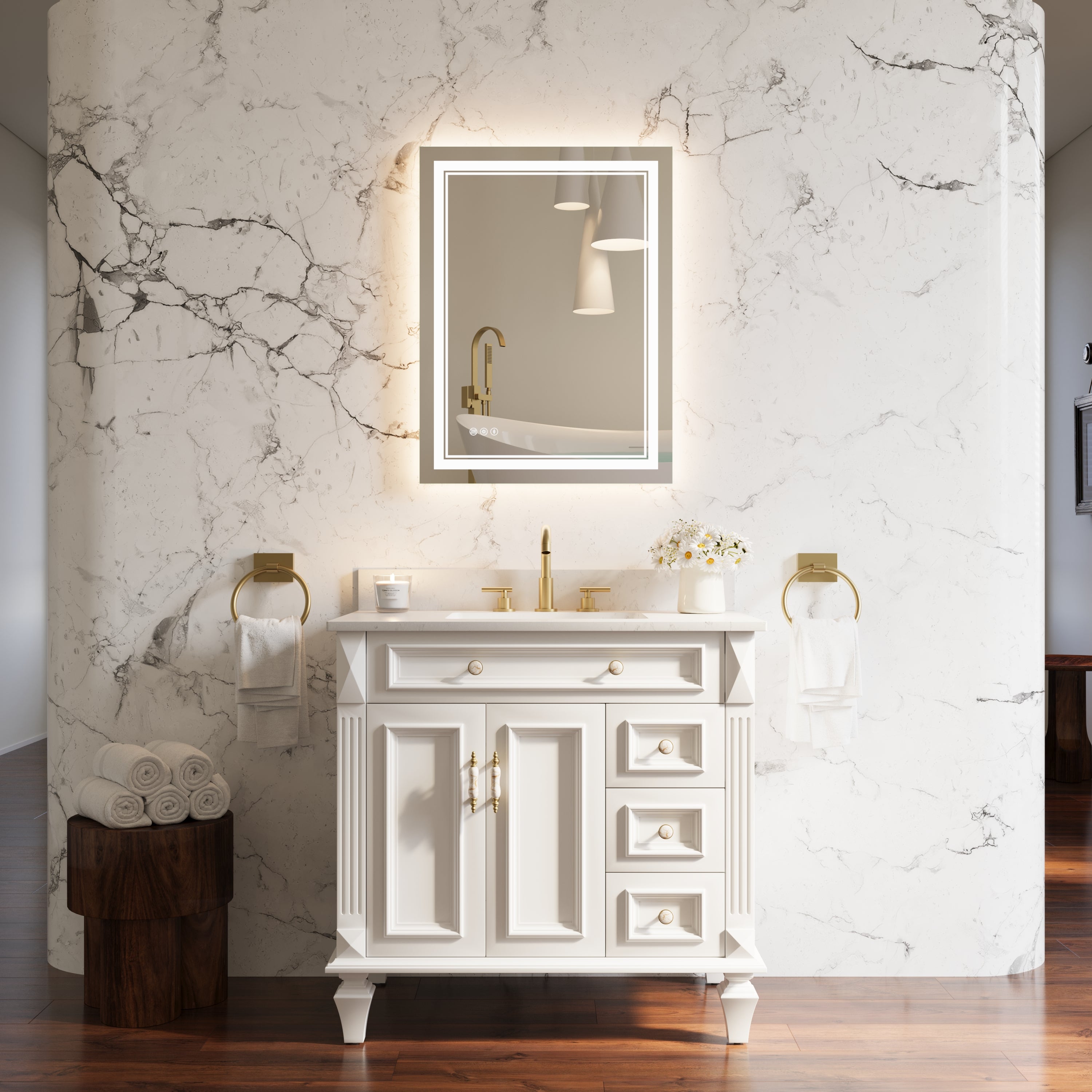
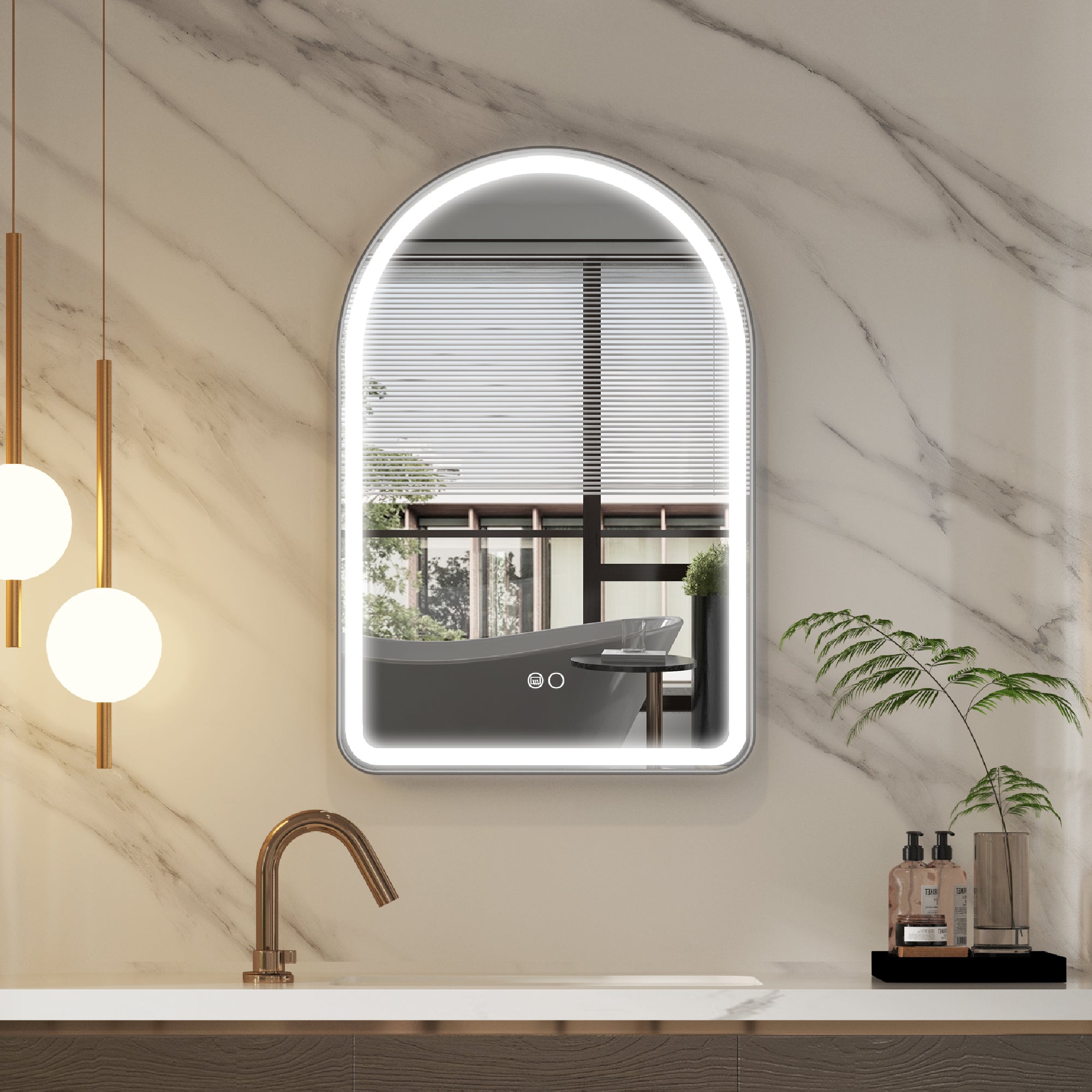
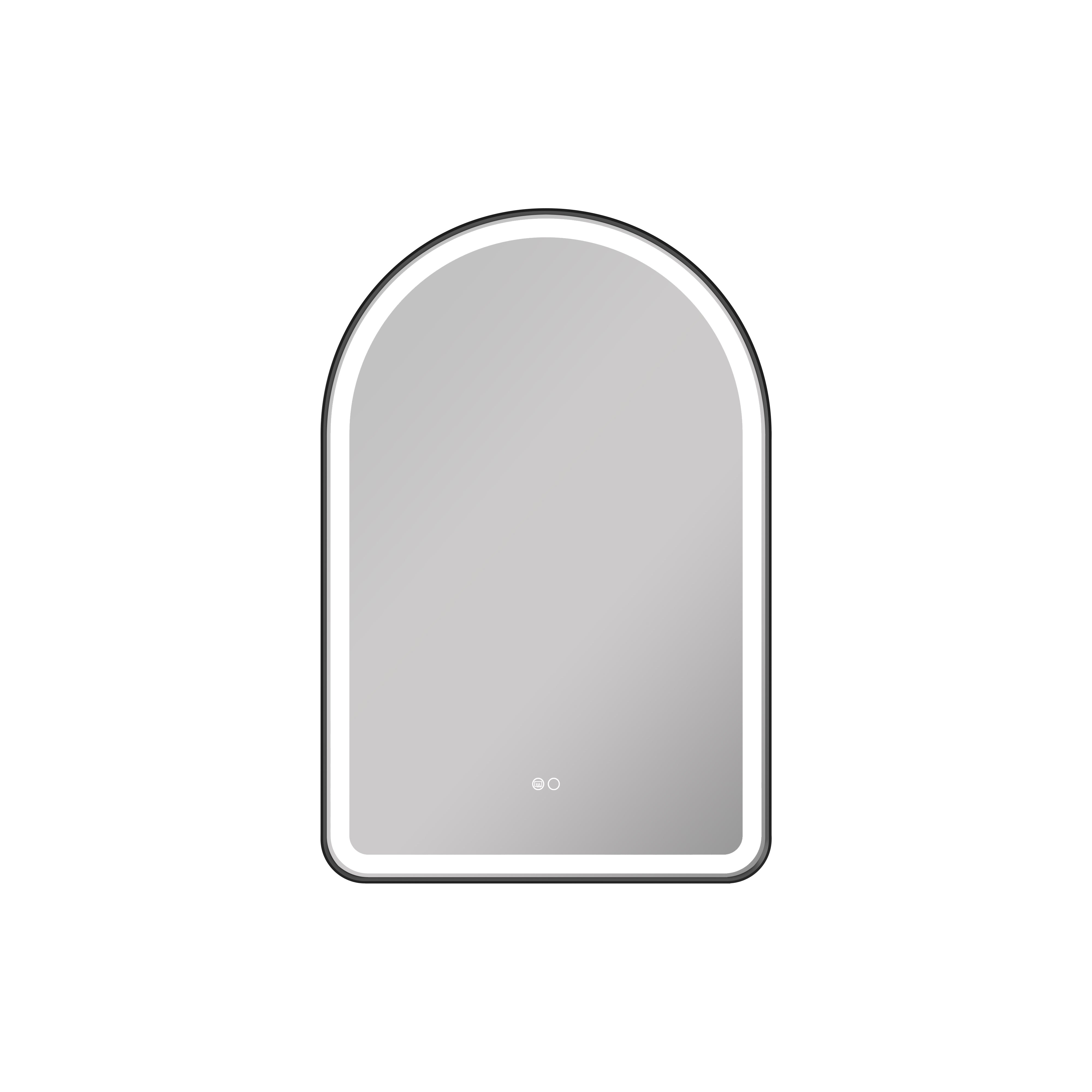

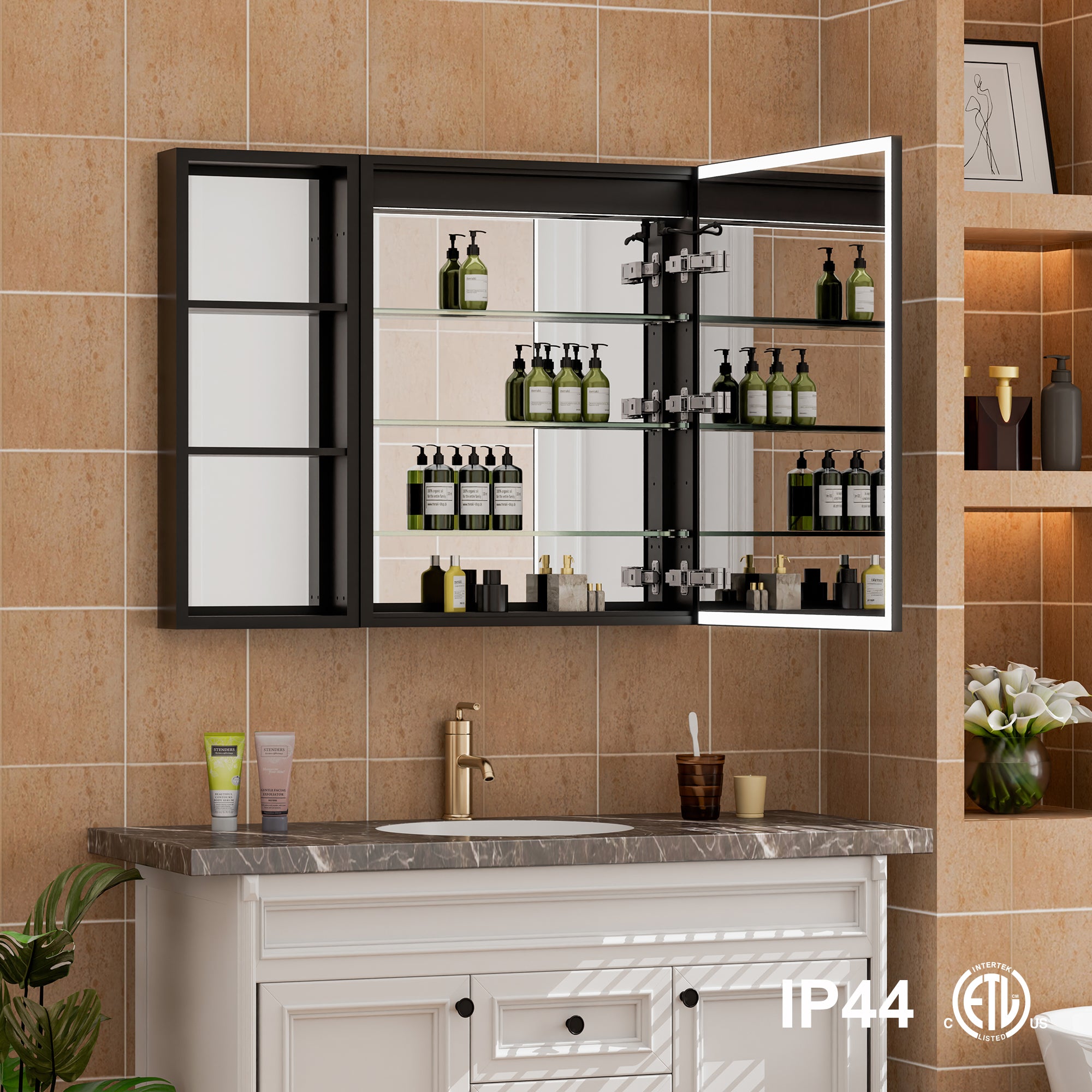
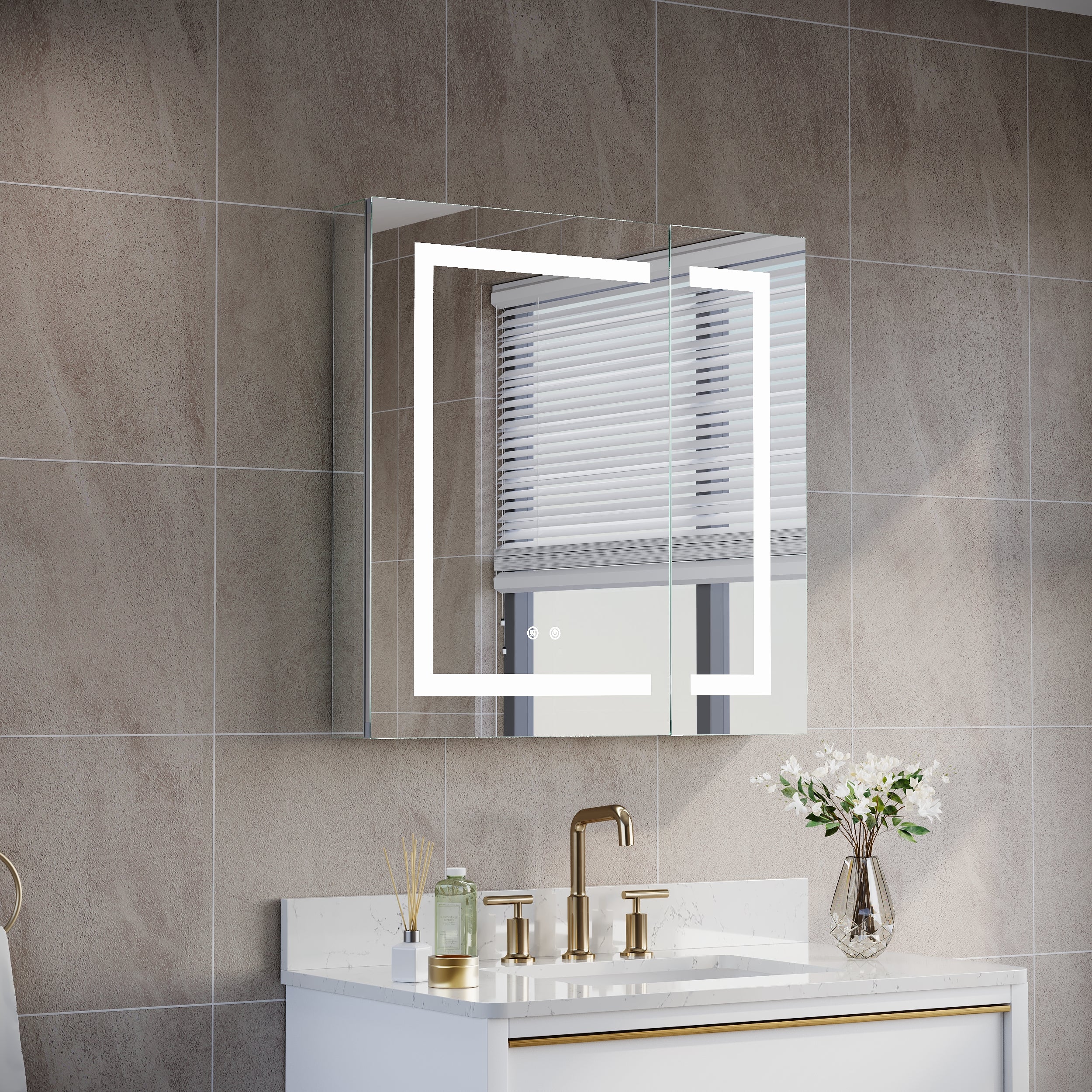
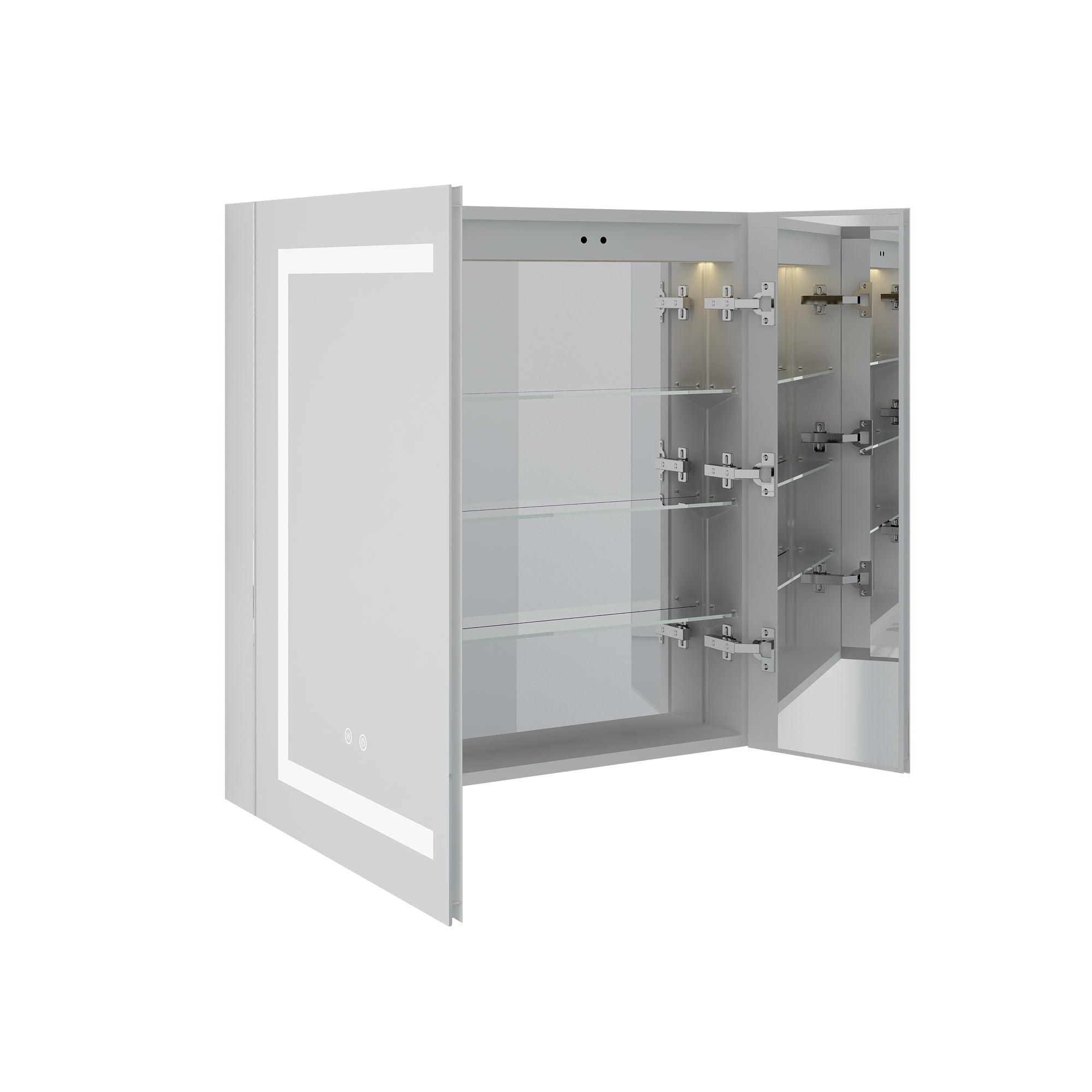
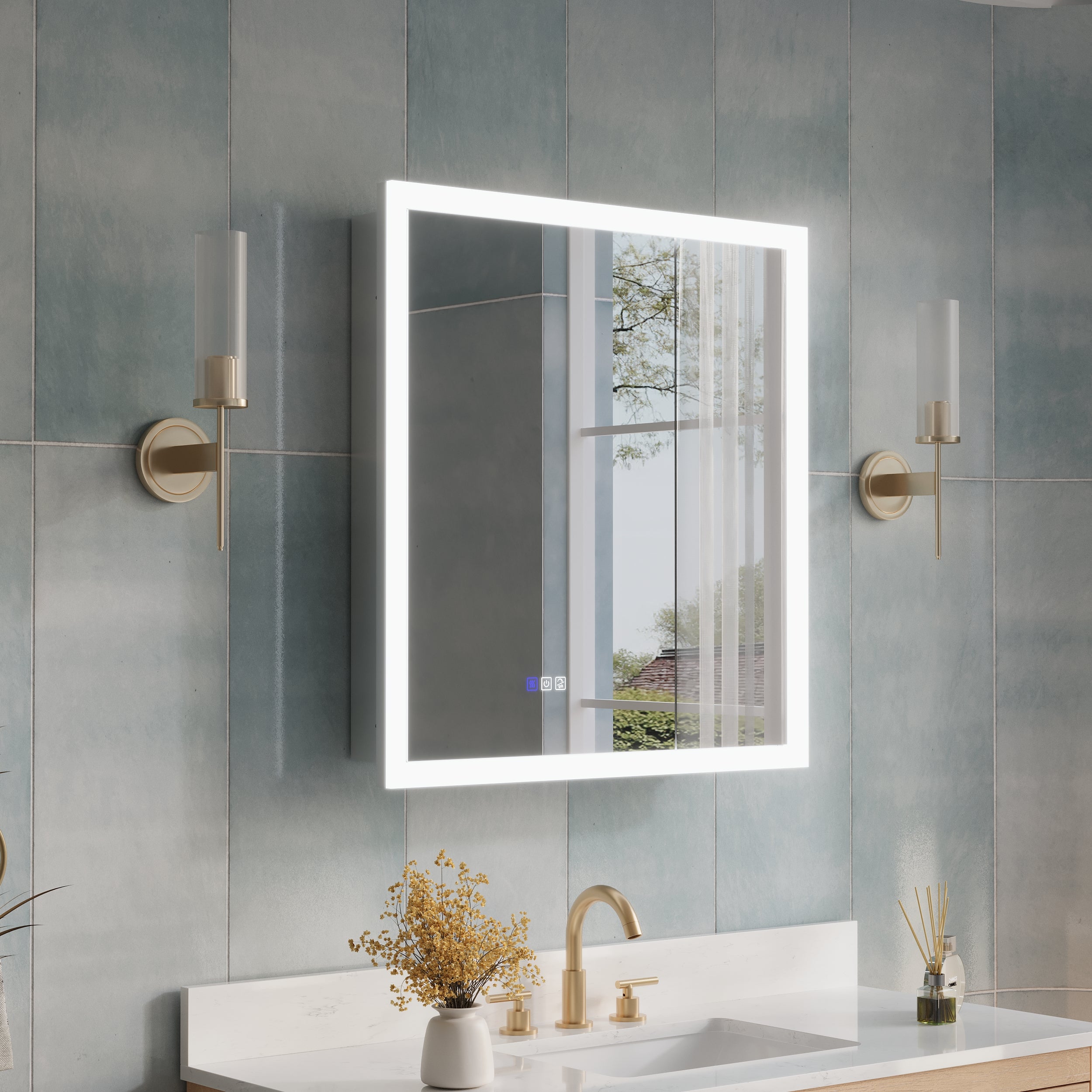
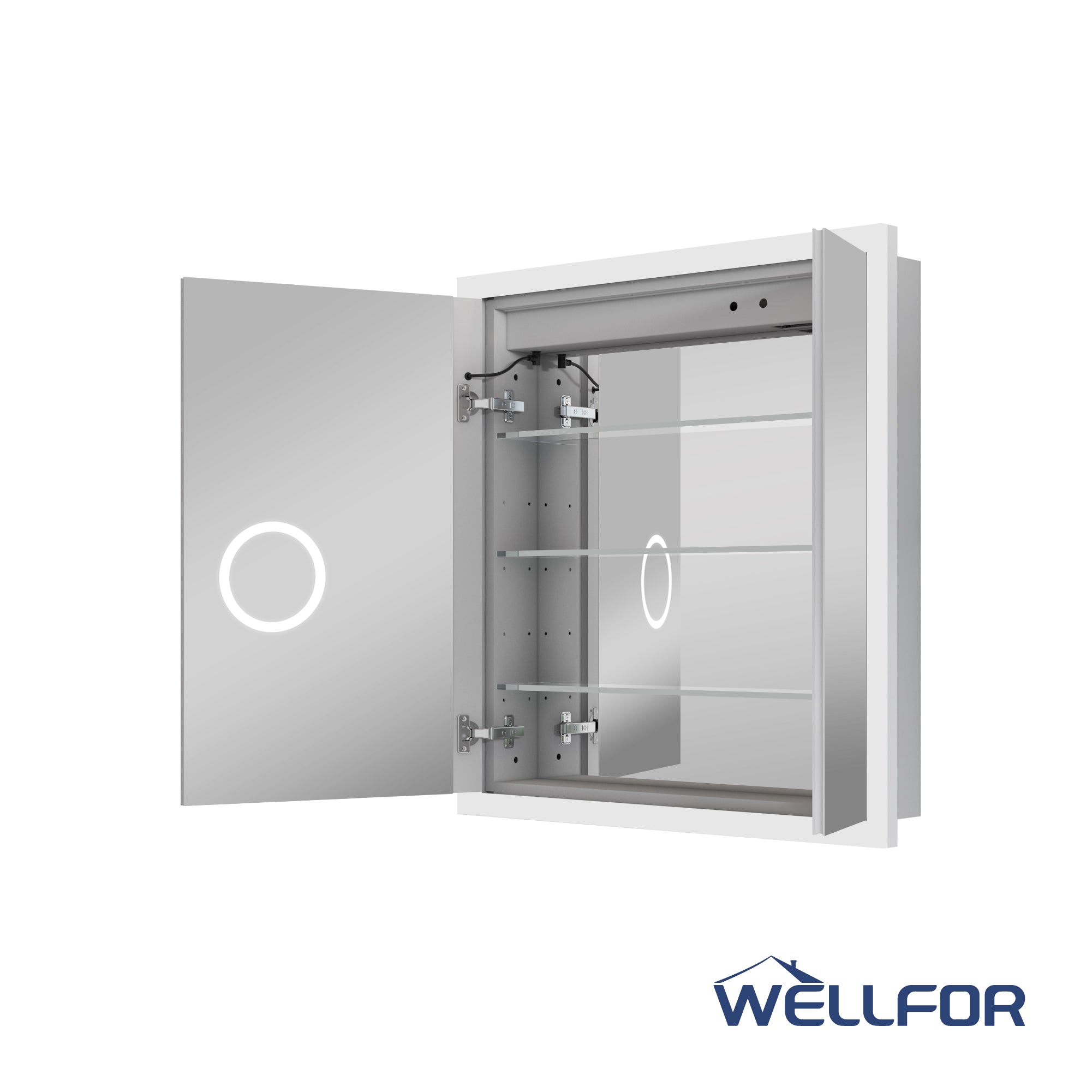
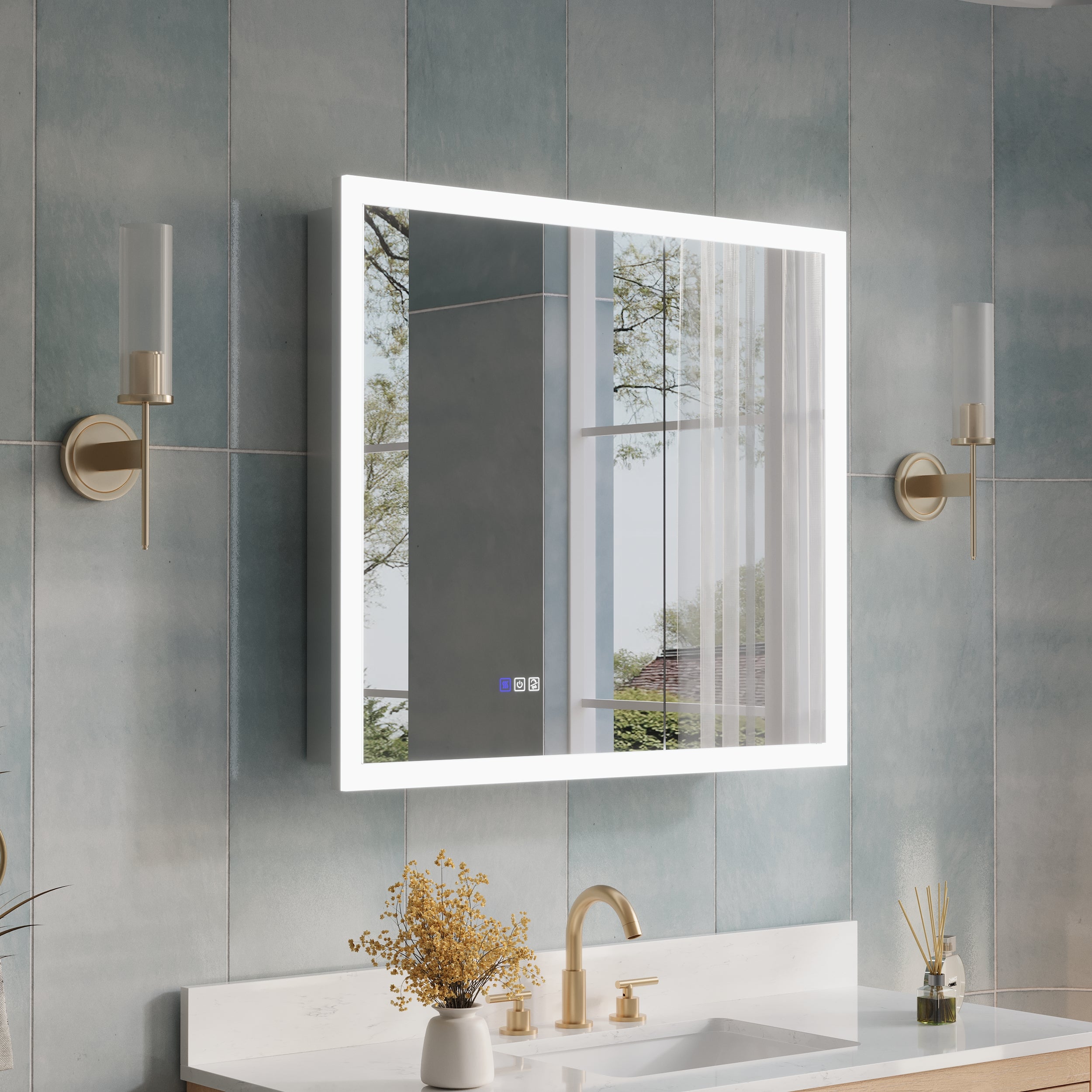

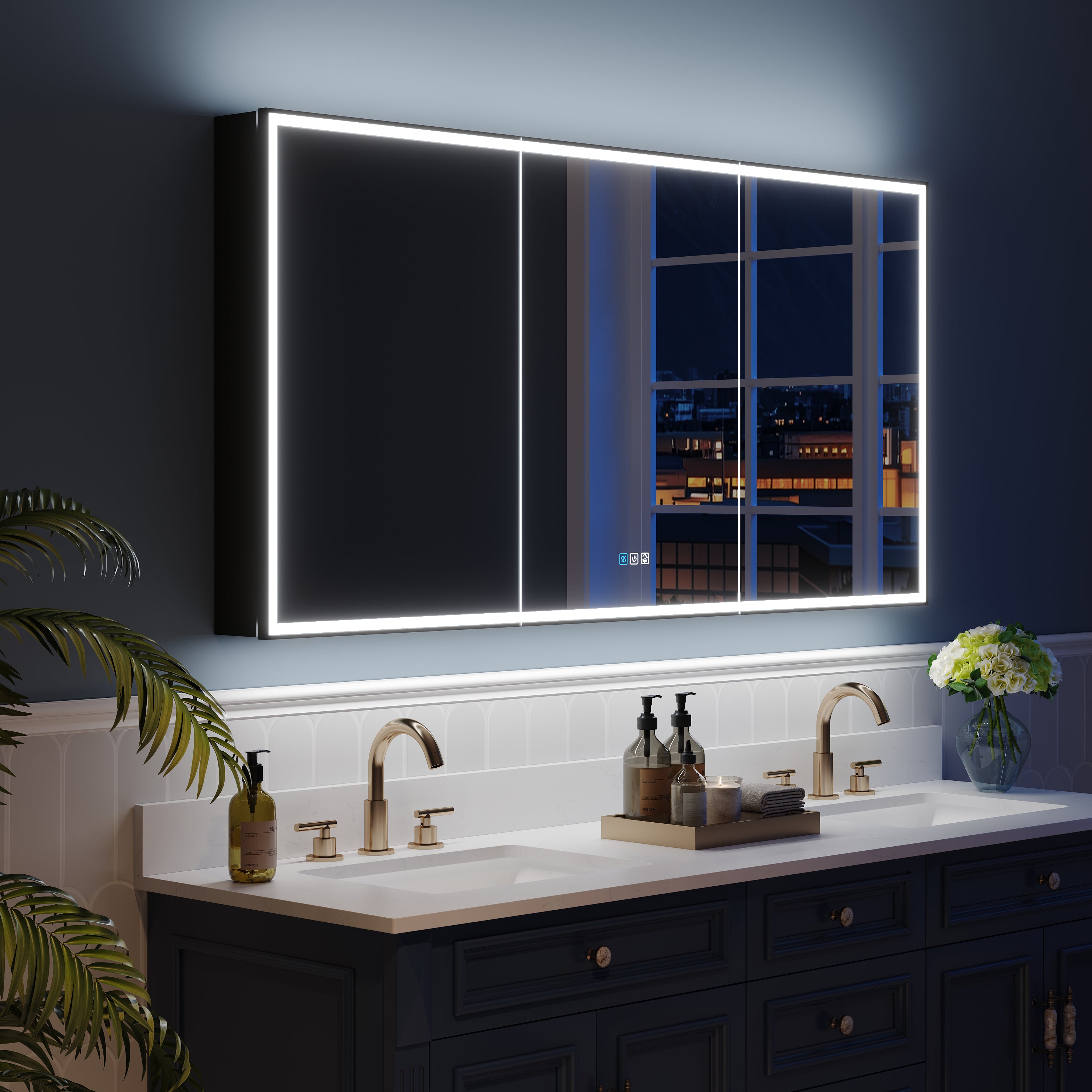
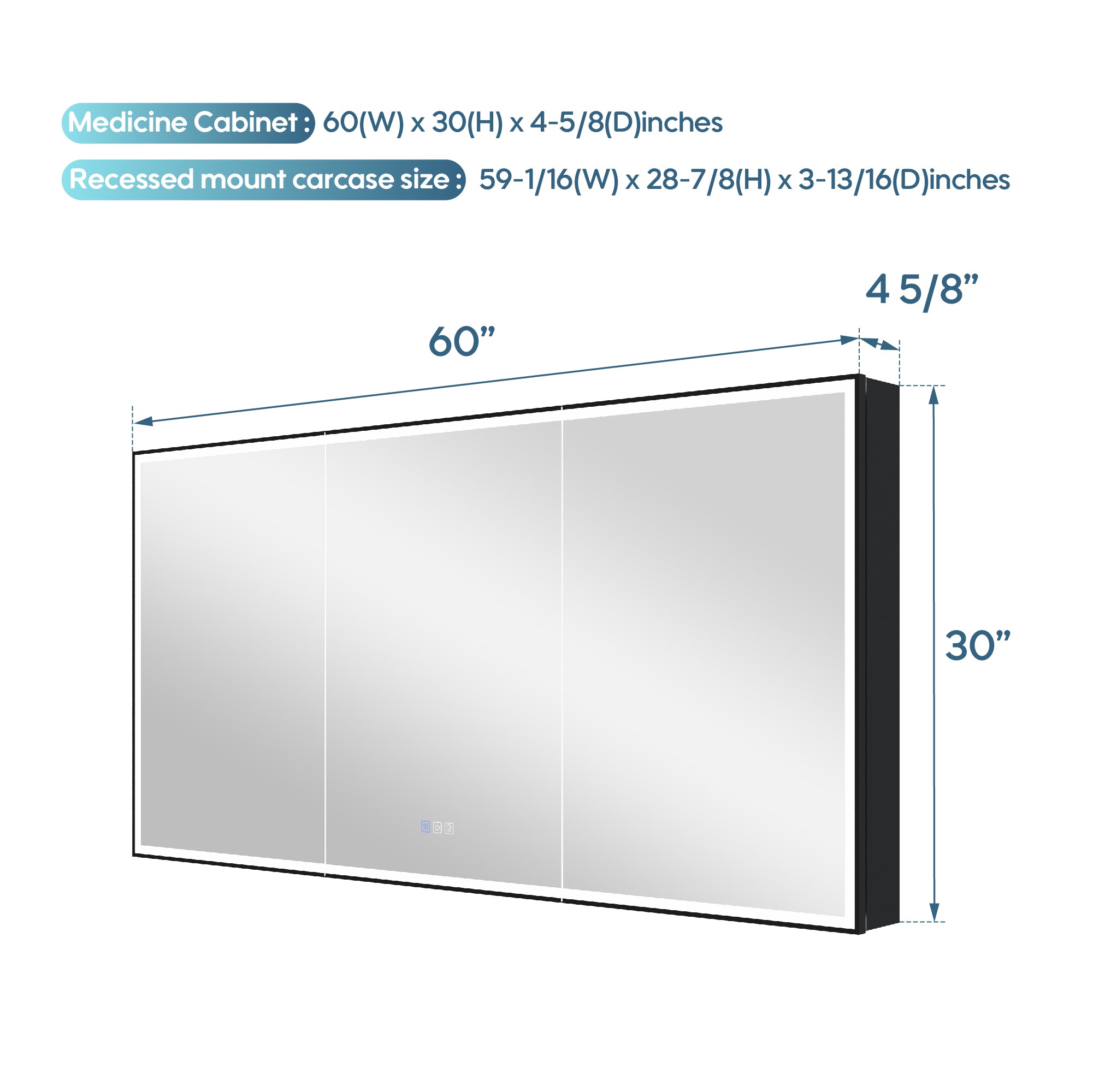
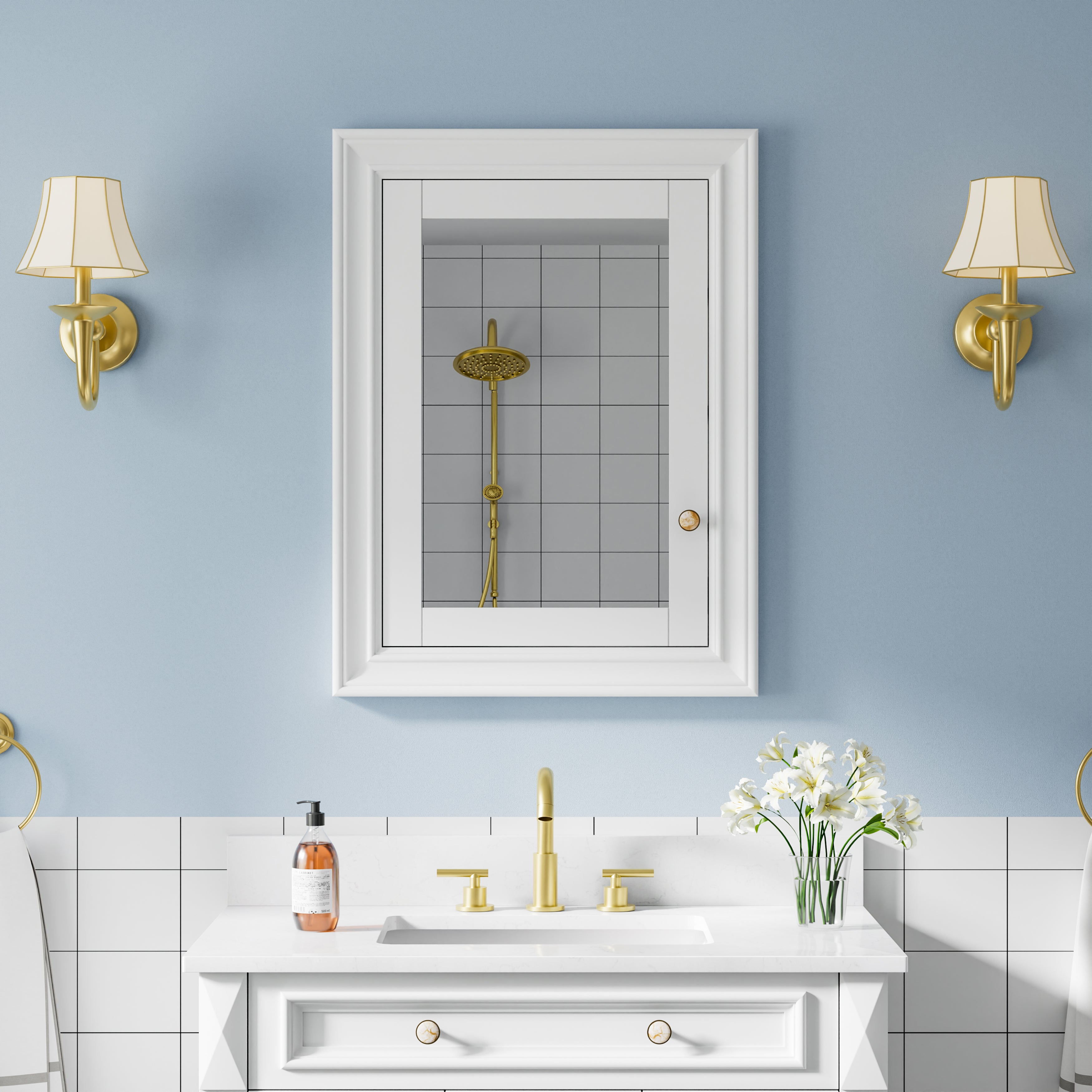


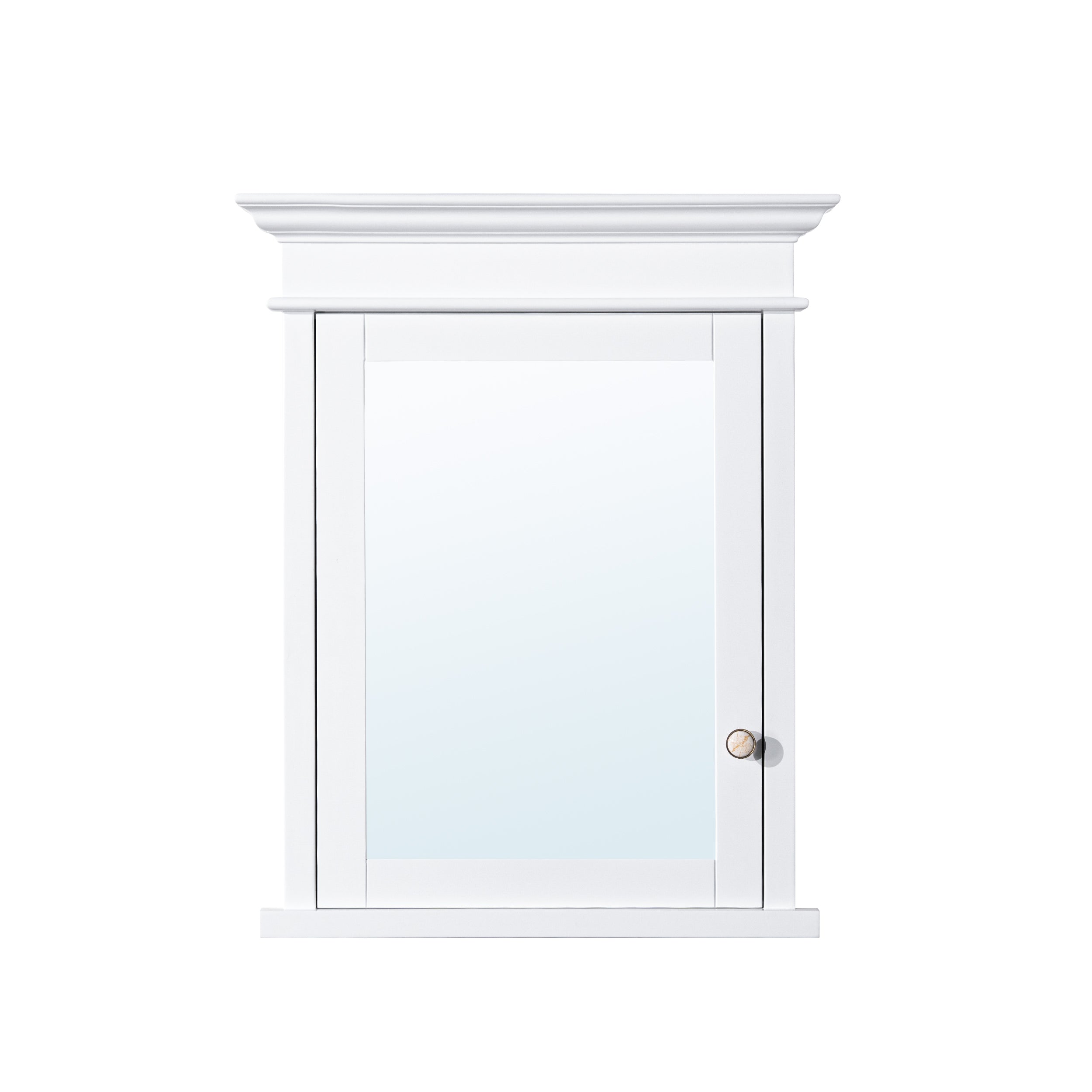

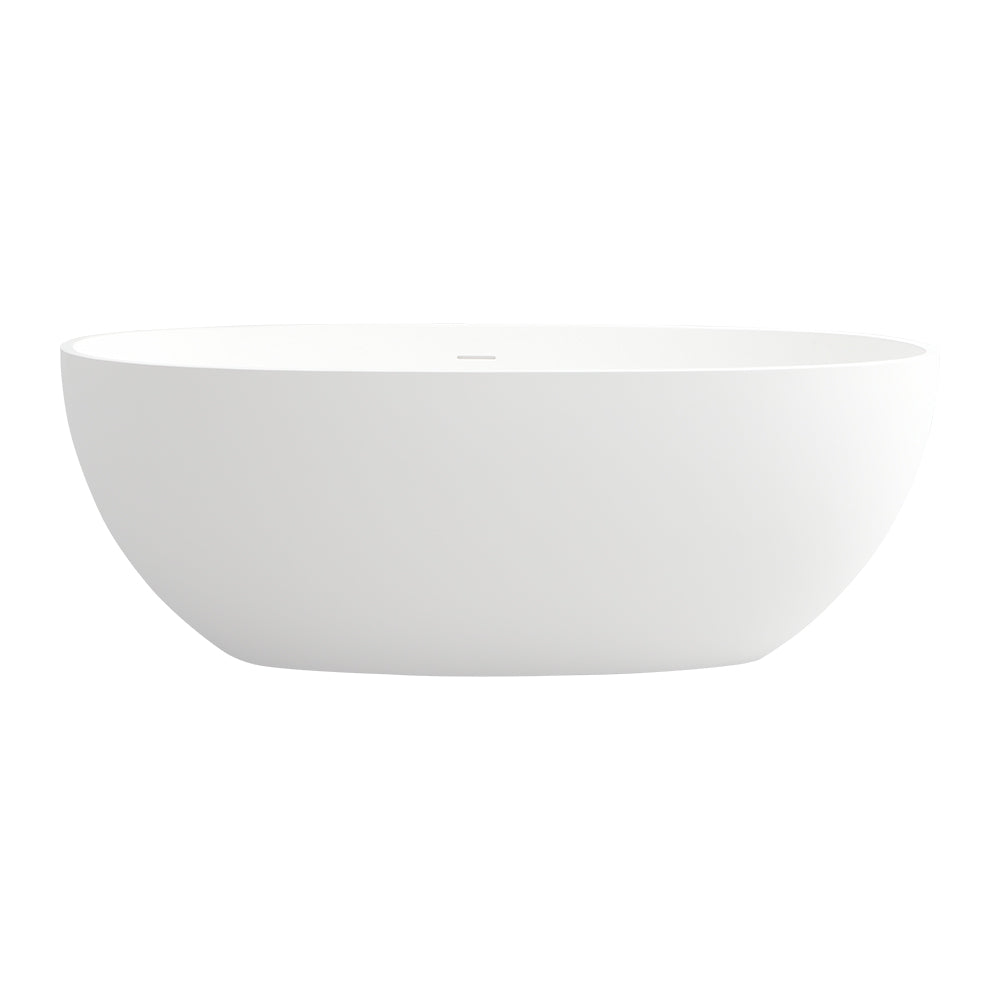


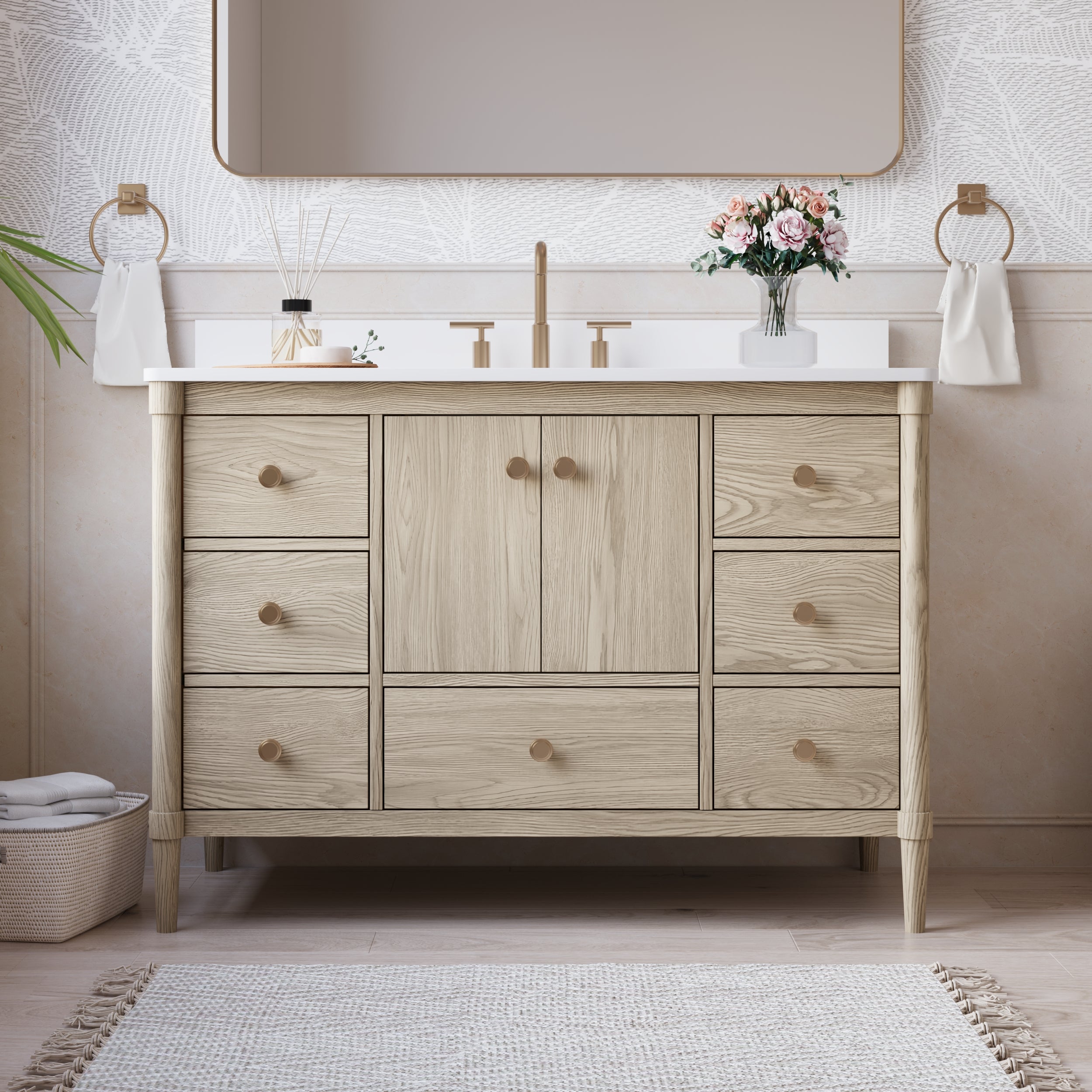
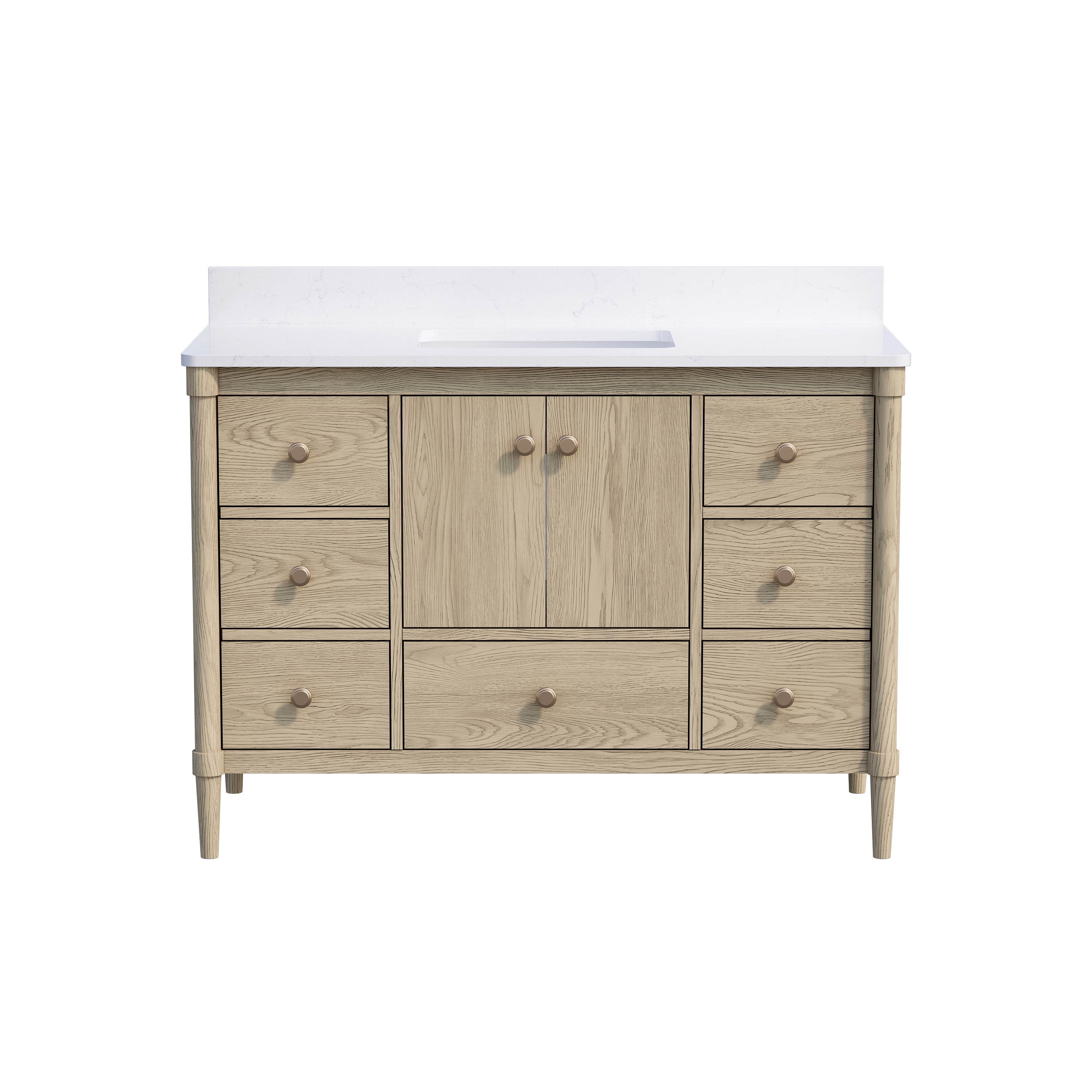
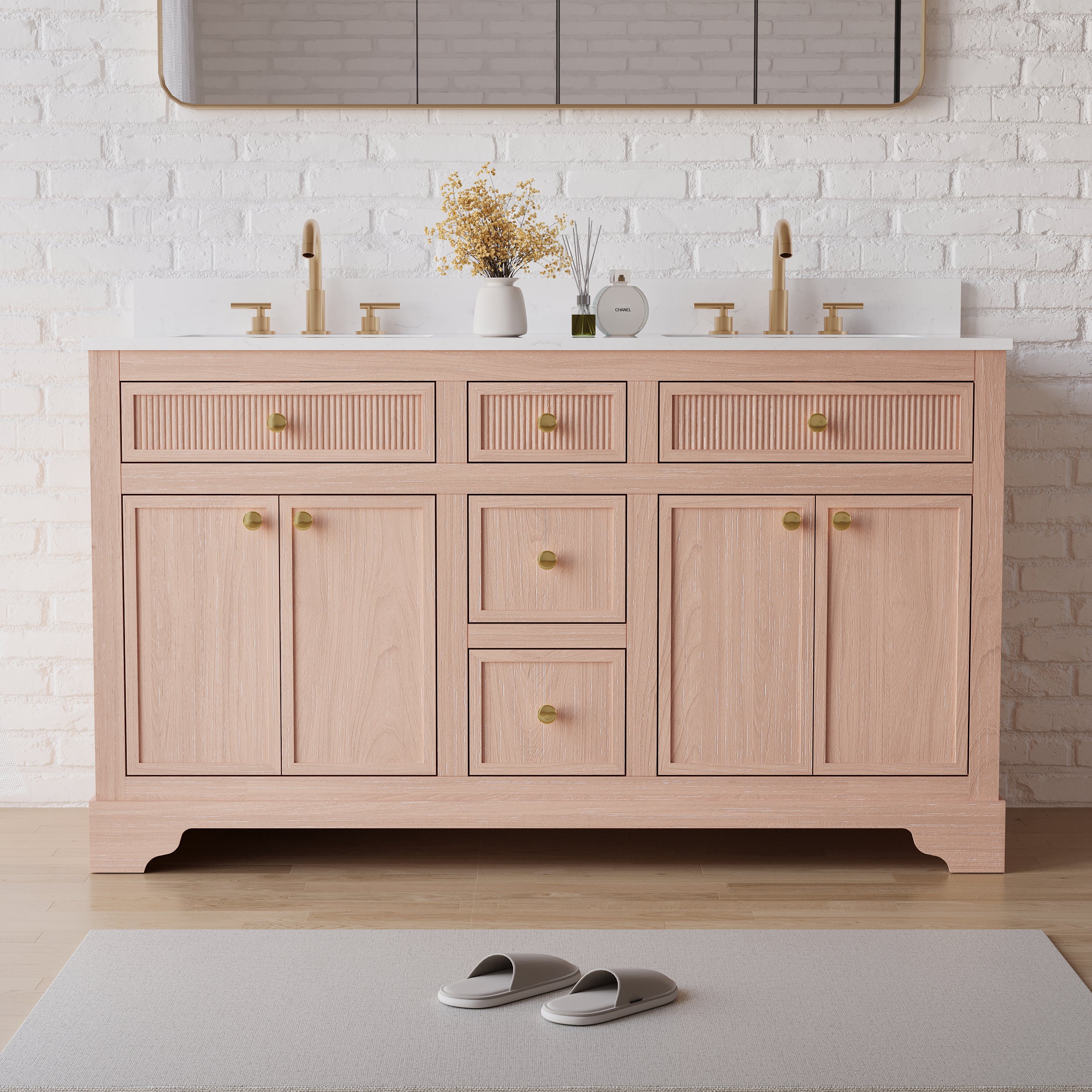



Leave a comment
This site is protected by hCaptcha and the hCaptcha Privacy Policy and Terms of Service apply.